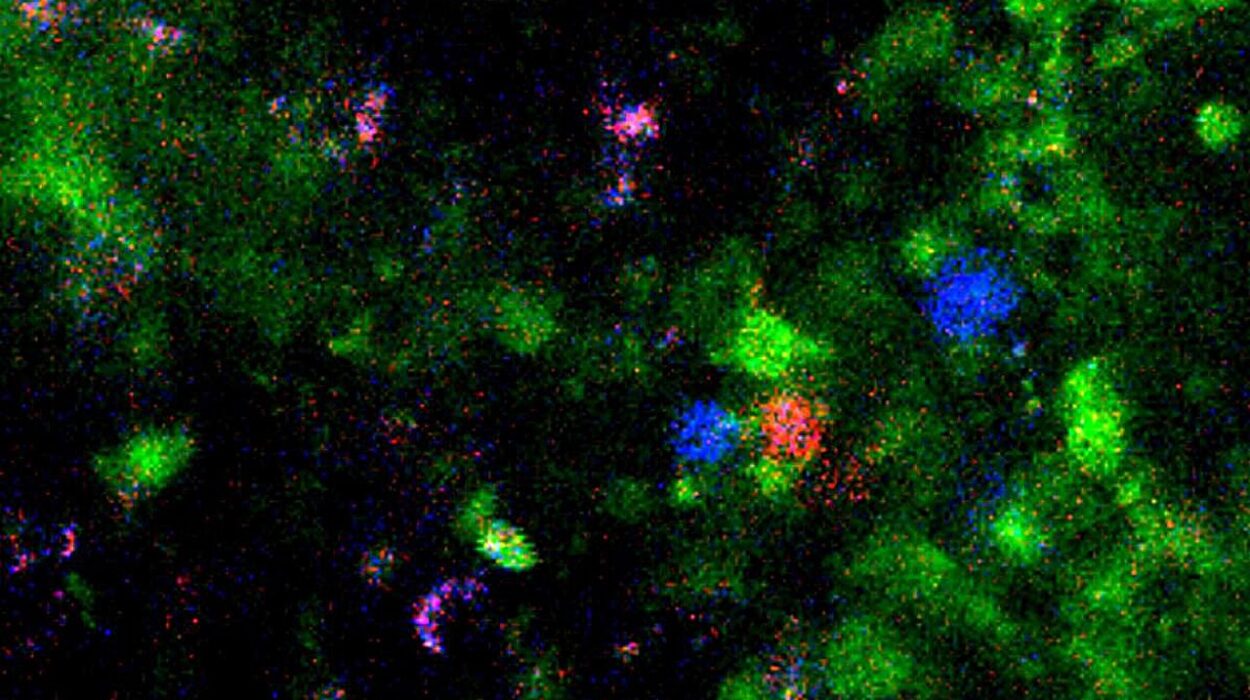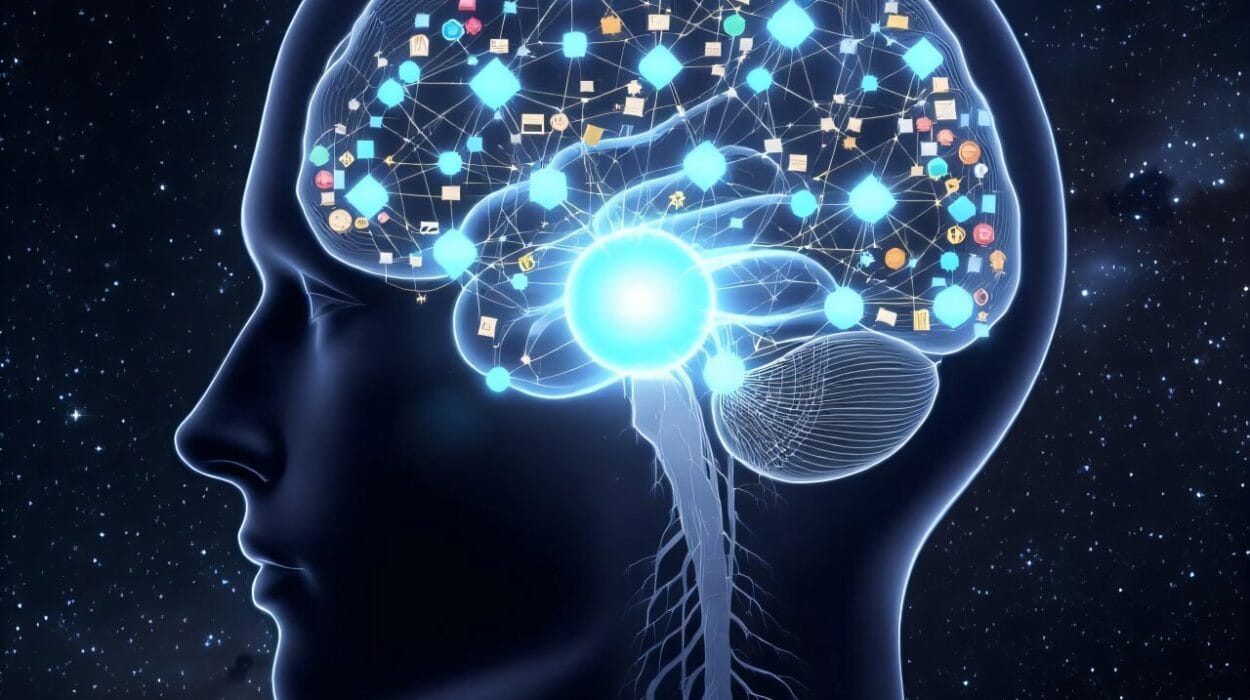The human heart is a marvel of complexity, a muscle that beats more than 100,000 times a day, pumping oxygen-rich blood through a vast network of arteries and veins. For the majority of people, the heart functions effortlessly, almost unnoticed, throughout their lives. But for some, this powerful organ does not develop as expected in the womb. Congenital heart defects (CHDs), which occur when there is a problem with the heart’s structure or function at birth, affect approximately 1 in 100 babies worldwide, making them one of the most common types of birth defects.
While many of these defects can be treated or managed with medical intervention, they remain a significant cause of childhood illness and death, and often require ongoing care throughout life. To truly understand CHDs, it’s crucial to explore how the heart forms, what causes these defects, and how modern medicine has developed various strategies for diagnosis, treatment, and long-term management.
The Development of the Heart: A Delicate Process
The heart is one of the first organs to form in a developing fetus. By the end of the third week of pregnancy, the primitive heart begins to beat. However, this process is extremely delicate, with hundreds of factors influencing whether the heart forms properly. At the beginning of its development, the heart starts as a simple tube that folds and divides into chambers, arteries, and veins. Over the next few weeks, this tube must undergo a complex series of transformations, and it is during these critical moments that congenital heart defects can arise.
Any disruption in this intricate process can lead to abnormal heart structure or function, resulting in a congenital heart defect. These defects can occur in the heart chambers, valves, blood vessels, or the electrical pathways that control the heart’s rhythm. Some of these defects are minor, causing little to no problems for the individual, while others can be severe, requiring immediate medical intervention after birth.
Causes of Congenital Heart Defects: Genetics, Environment, and Chance
Understanding the causes of congenital heart defects is a challenge because they can arise from a complex interplay of genetic, environmental, and even unknown factors. In many cases, the cause is never fully understood, though medical research has identified several risk factors that increase the likelihood of a baby being born with a congenital heart defect.
Genetics: The Blueprint of the Heart
Genetics plays a significant role in many congenital heart defects. Some defects occur due to inherited genetic mutations that affect the way the heart develops. These mutations may be passed down from one or both parents, or they may arise spontaneously. Certain genetic conditions, such as Down syndrome, Turner syndrome, and DiGeorge syndrome, are linked to an increased risk of congenital heart defects. For example, babies born with Down syndrome are more likely to have atrioventricular septal defects (a condition where the heart’s septum doesn’t form properly).
In other cases, congenital heart defects may be caused by a single genetic mutation that leads to a structural issue with the heart. Advances in genetic testing have allowed doctors to identify many of these mutations, though they are not always able to pinpoint the exact cause.
Environmental Factors: The Role of the Mother’s Health
The environment in which a baby develops also plays a critical role in the likelihood of congenital heart defects. Certain maternal conditions or lifestyle choices can increase the risk. For instance, if a mother has diabetes, her baby may be at a higher risk of developing a congenital heart defect. This is especially true for women with poorly controlled diabetes, as high blood sugar during pregnancy can affect fetal development.
Similarly, maternal infections during pregnancy, such as rubella (German measles) or cytomegalovirus, can interfere with the formation of the heart and other organs. Smoking, alcohol use, and the use of certain medications during pregnancy can also contribute to an increased risk. For instance, some anti-seizure medications are linked to heart defects, while smoking and alcohol use can affect the heart’s development and structure.
Unexplained Causes: The Mystery of CHDs
In many cases, congenital heart defects develop without any clear genetic or environmental explanation. These unexplained cases can be frustrating for parents and doctors alike. Some experts believe that a combination of multiple small factors, both genetic and environmental, may contribute to the development of these defects. Additionally, random chance might play a role, where a slight error in cellular division or a minor disruption during fetal development results in a defect.
While medical advancements have clarified many aspects of congenital heart defects, there is still much we do not understand about their causes. Research continues to explore the complex web of genetic, environmental, and random factors that contribute to these defects.
Types of Congenital Heart Defects: From Simple to Complex
Congenital heart defects are not a single condition but a group of related conditions. They vary widely in terms of severity, symptoms, and treatment requirements. Some defects are so mild that they are only discovered in adulthood, while others require immediate surgery after birth. Understanding the different types of congenital heart defects can shed light on the wide range of experiences faced by those affected.
Septal Defects: Holes in the Heart
One of the most common types of congenital heart defects is a septal defect. These occur when there are holes in the septum, the wall that divides the left and right sides of the heart. Atrial septal defects (ASDs) and ventricular septal defects (VSDs) are the two primary types. In an ASD, there is a hole between the heart’s upper chambers (atria), while a VSD involves a hole between the lower chambers (ventricles).
While small septal defects may close on their own as the child grows, larger defects often require surgery or catheter-based procedures to repair the hole and prevent complications such as heart failure, pulmonary hypertension, or stroke.
Valvular Defects: Dysfunctional Heart Valves
The heart contains four valves—mitral, tricuspid, pulmonary, and aortic—that regulate blood flow in and out of the heart’s chambers. In some cases, congenital defects can affect these valves, causing them to be too narrow (stenosis), too leaky (regurgitation), or malformed. One common example is aortic stenosis, where the aortic valve becomes narrowed, impeding blood flow from the heart to the rest of the body.
Valvular defects can lead to symptoms such as fatigue, shortness of breath, and swelling. Treatment may involve medications to manage symptoms, but in more severe cases, valve replacement or repair may be necessary.
Cyanotic Heart Defects: Oxygen Deficiency
Some congenital heart defects are classified as cyanotic, meaning that they cause low oxygen levels in the blood, leading to a bluish tint in the skin, lips, and nails—a condition known as cyanosis. These defects typically involve abnormal connections between the heart chambers or major blood vessels, which prevent oxygen-rich blood from reaching the body’s tissues.
One of the most well-known cyanotic heart defects is Tetralogy of Fallot, which involves a combination of four abnormalities: a ventricular septal defect, pulmonary stenosis, an overriding aorta, and right ventricular hypertrophy. Infants with this condition may require surgery in the first year of life to correct the defects and restore normal blood flow.
Complex Congenital Defects: Multiple Problems at Once
In some cases, babies are born with multiple congenital heart defects that affect both the heart and the major blood vessels. These complex conditions often require a series of surgeries or interventions over a child’s lifetime to address the different aspects of the defect. Examples of complex congenital defects include hypoplastic left heart syndrome (a condition in which the left side of the heart is underdeveloped) and transposition of the great arteries (where the two main arteries are switched, leading to improper blood flow).
Diagnosing Congenital Heart Defects: From Routine Screenings to Advanced Imaging
The diagnosis of congenital heart defects has greatly improved over the years, with advancements in prenatal imaging and postnatal diagnostics allowing for earlier and more accurate detection.
Prenatal Diagnosis: Ultrasounds and Genetic Testing
Modern prenatal care includes routine ultrasounds that can detect certain congenital heart defects before birth. If a defect is suspected, further tests such as a fetal echocardiogram may be performed to get a more detailed view of the baby’s heart. In some cases, genetic testing may reveal underlying genetic conditions that increase the risk of congenital heart defects.
Postnatal Diagnosis: Clinical Exams and Imaging Techniques
After birth, doctors may detect congenital heart defects during a physical examination if a baby exhibits abnormal heart sounds or symptoms such as cyanosis. To confirm the diagnosis, doctors often use echocardiography, a non-invasive imaging technique that uses sound waves to create detailed pictures of the heart’s structure and function. Additional tests such as electrocardiograms (EKGs), chest X-rays, or magnetic resonance imaging (MRI) may be used to gather more information.
Treating Congenital Heart Defects: Medical Advancements and Lifesaving Interventions
The treatment of congenital heart defects depends on the type and severity of the defect. Many children with mild defects may lead normal, healthy lives with little or no intervention. However, more severe defects often require surgical correction or medical management to ensure the child’s health and quality of life.
Surgical Interventions: Repairing the Heart
For many congenital heart defects, surgery is the definitive treatment. Surgical procedures can range from simple repairs, such as closing a hole in the heart, to complex surgeries, such as valve replacement or even heart transplantation. These surgeries can often be performed in infancy or early childhood, and many children who undergo them go on to live healthy, active lives.
Advancements in surgical techniques, such as minimally invasive surgery and catheter-based procedures, have made heart surgeries safer and less traumatic. In some cases, doctors can use a catheter to repair defects without making large incisions, which reduces recovery time and improves outcomes.
Medications and Lifelong Care: Managing the Condition
In addition to surgery, medications may be used to manage symptoms and improve heart function. For instance, children with heart defects may be prescribed medications to control blood pressure, prevent blood clots, or reduce the risk of heart failure. Many children with congenital heart defects require lifelong monitoring to ensure that the heart continues to function well and that any new issues are detected early.
The Role of Family Support
Families play a crucial role in the treatment and management of congenital heart defects. The emotional and psychological impact of a diagnosis can be overwhelming, and support from family, friends, and healthcare providers is vital for both the child and the parents. Specialized support groups and counseling services can help families navigate the challenges of living with a child with a congenital heart defect, providing both emotional support and practical advice.
Living with Congenital Heart Defects: Hope for the Future
As medical technology continues to advance, the prognosis for children born with congenital heart defects has improved dramatically. With early diagnosis, timely intervention, and appropriate medical care, many children with CHDs can lead fulfilling, healthy lives.
Research is ongoing to better understand the genetic and environmental causes of CHDs, improve surgical techniques, and develop innovative treatments. As these advancements unfold, the future for those born with congenital heart defects looks brighter than ever before.






